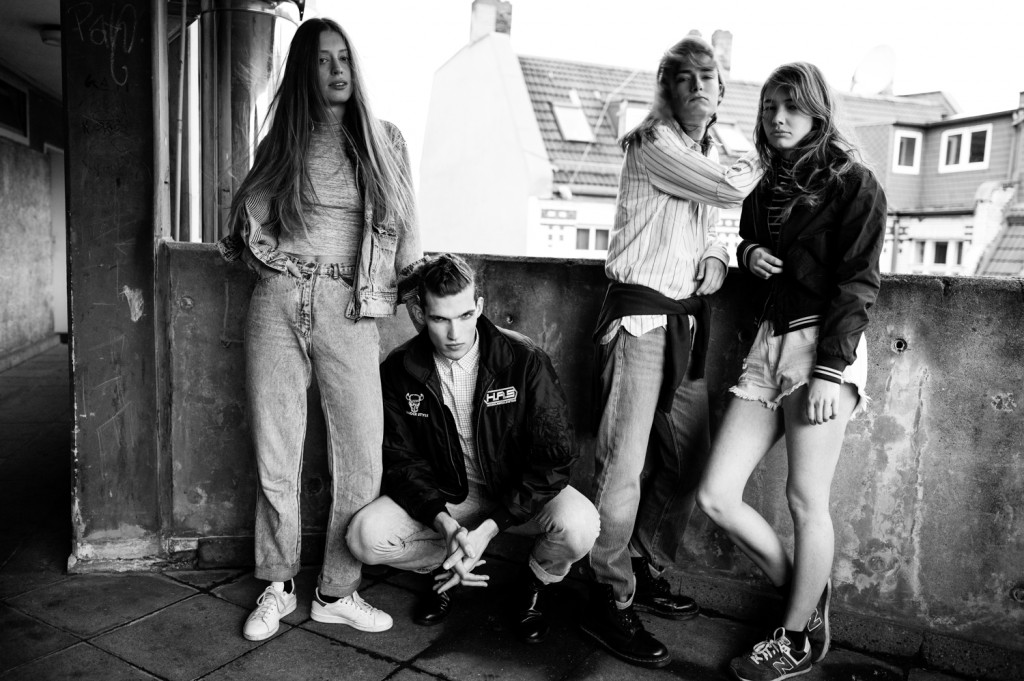
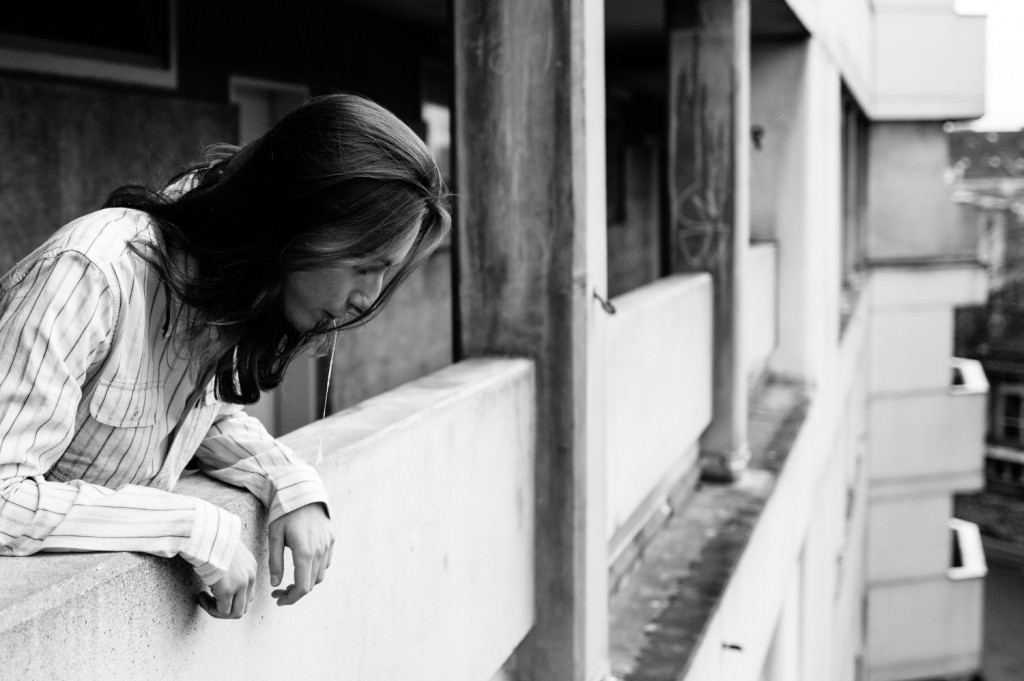
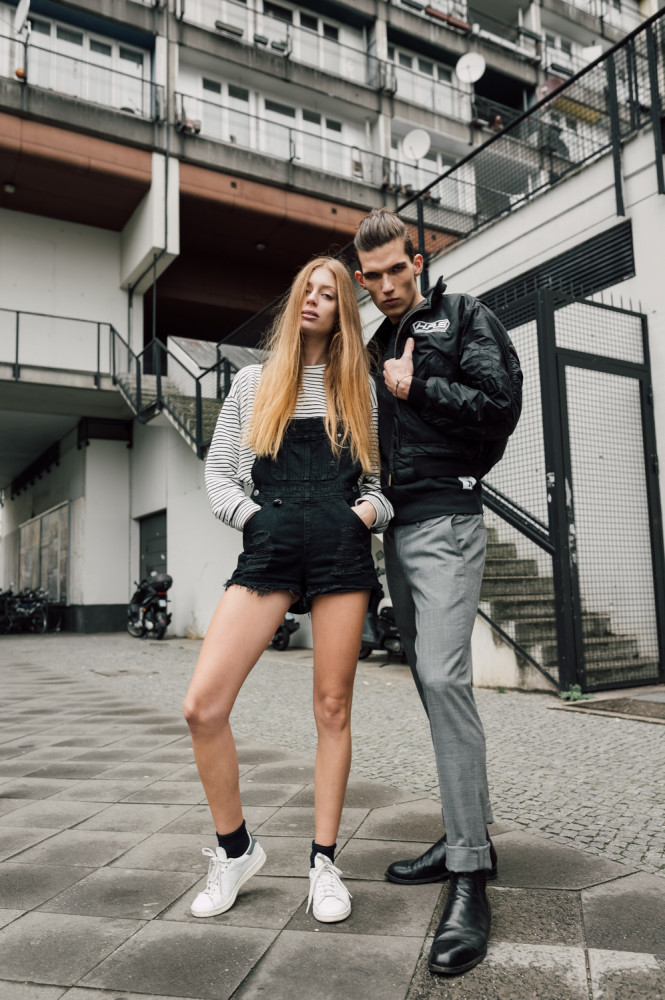

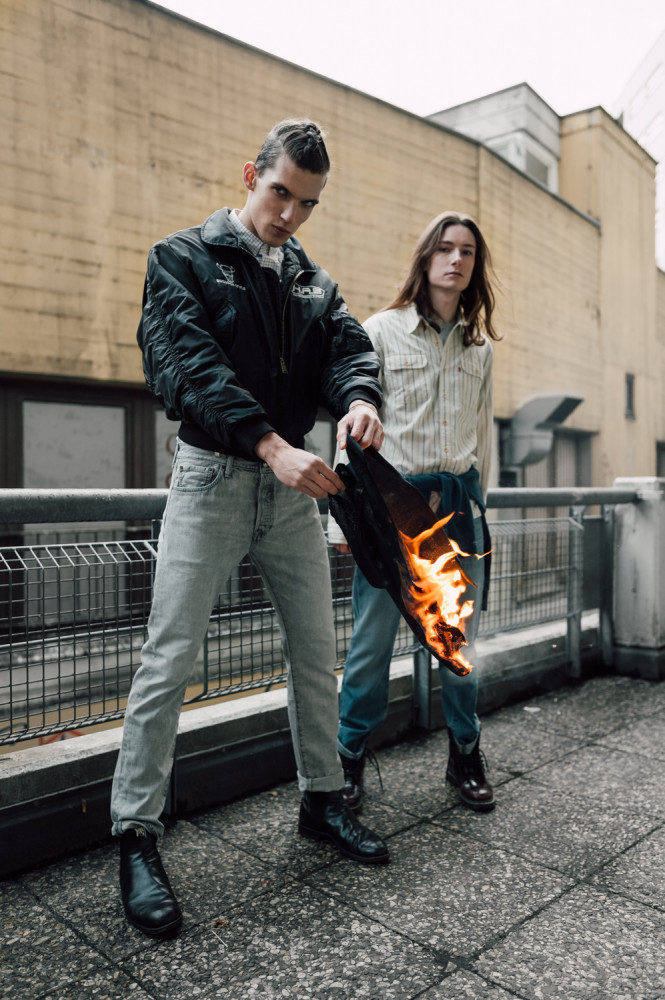
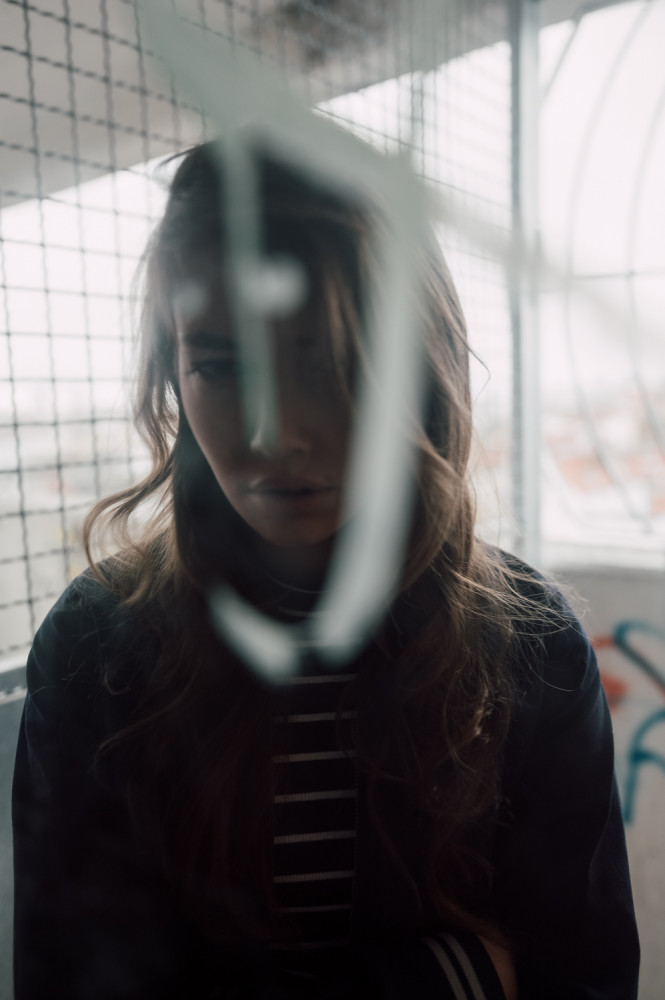
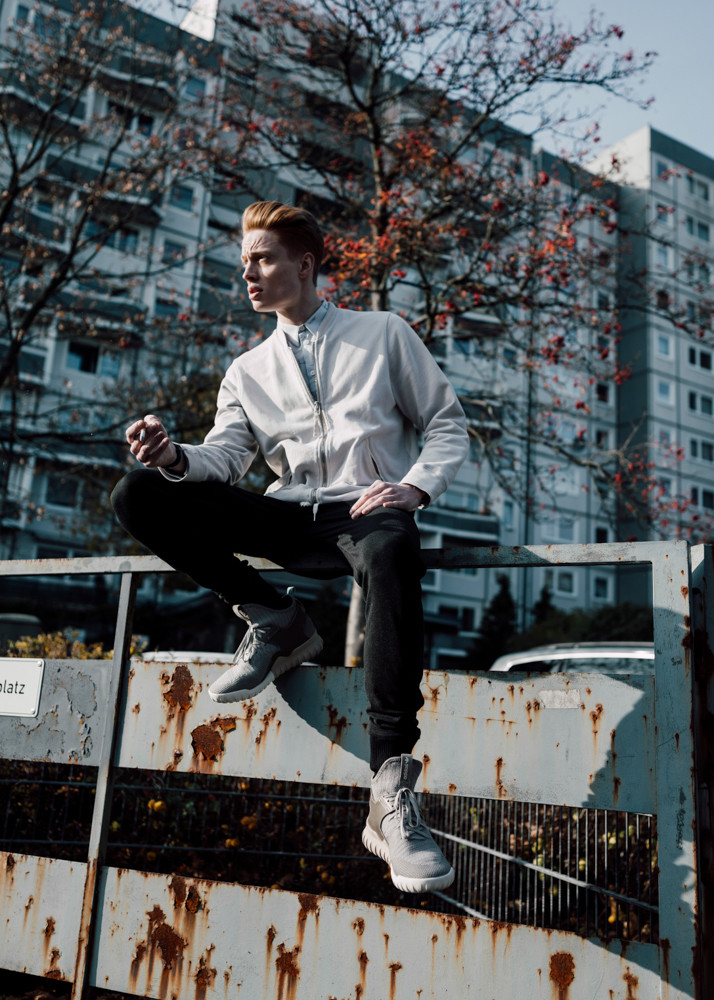
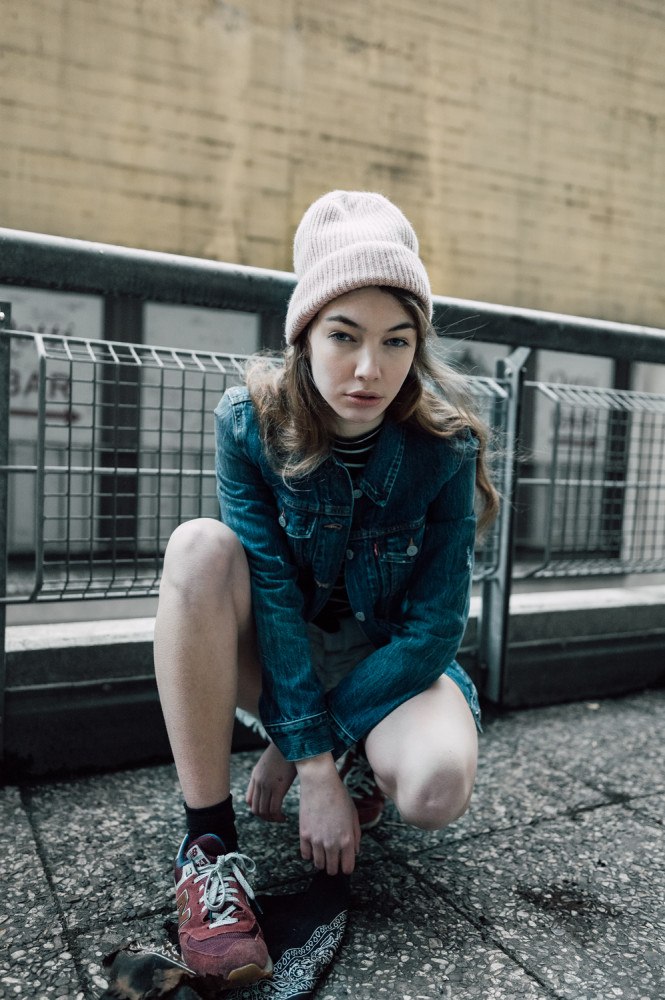
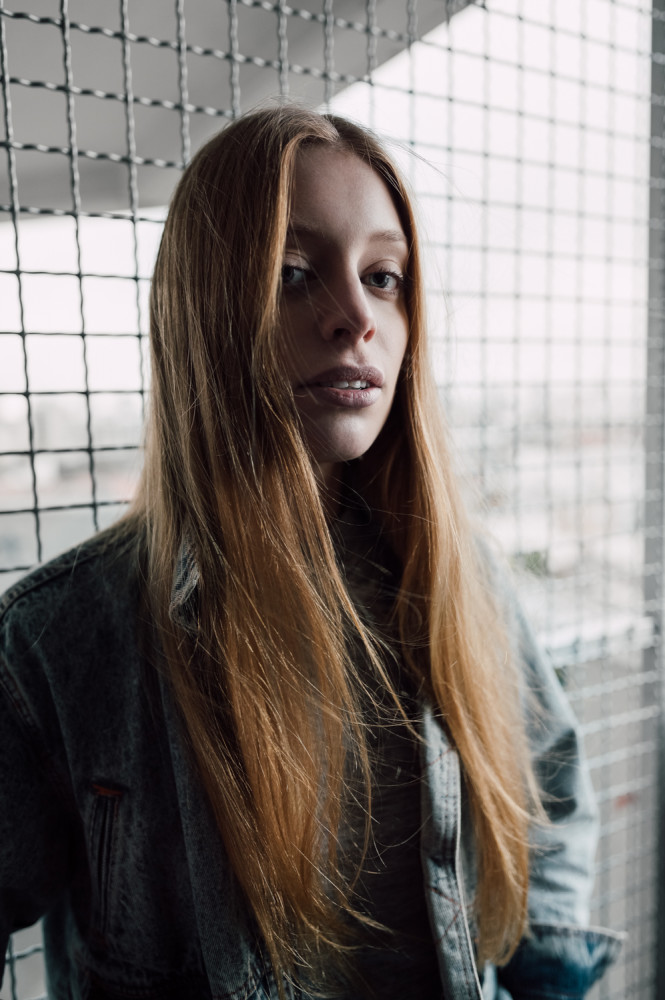
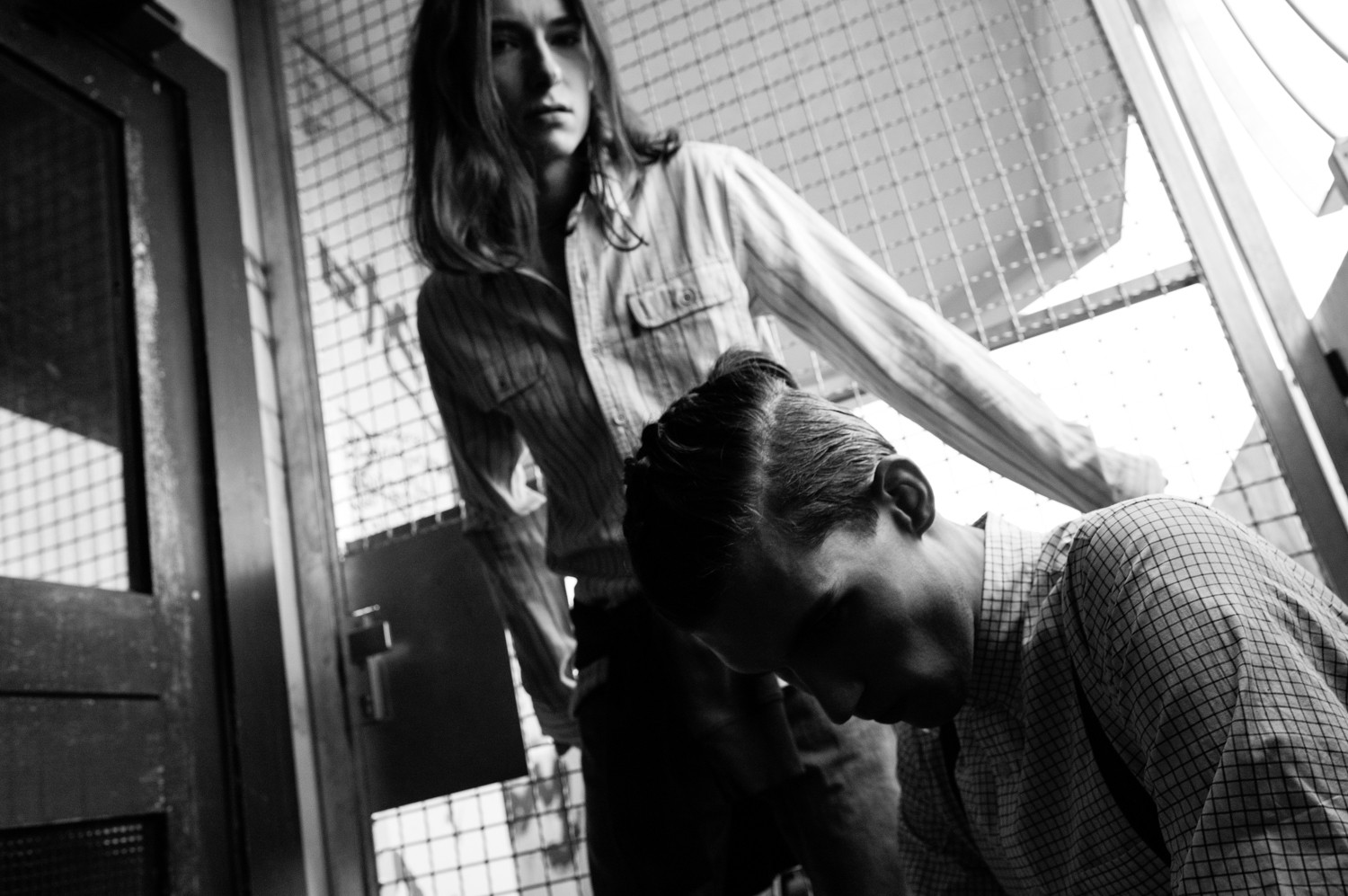
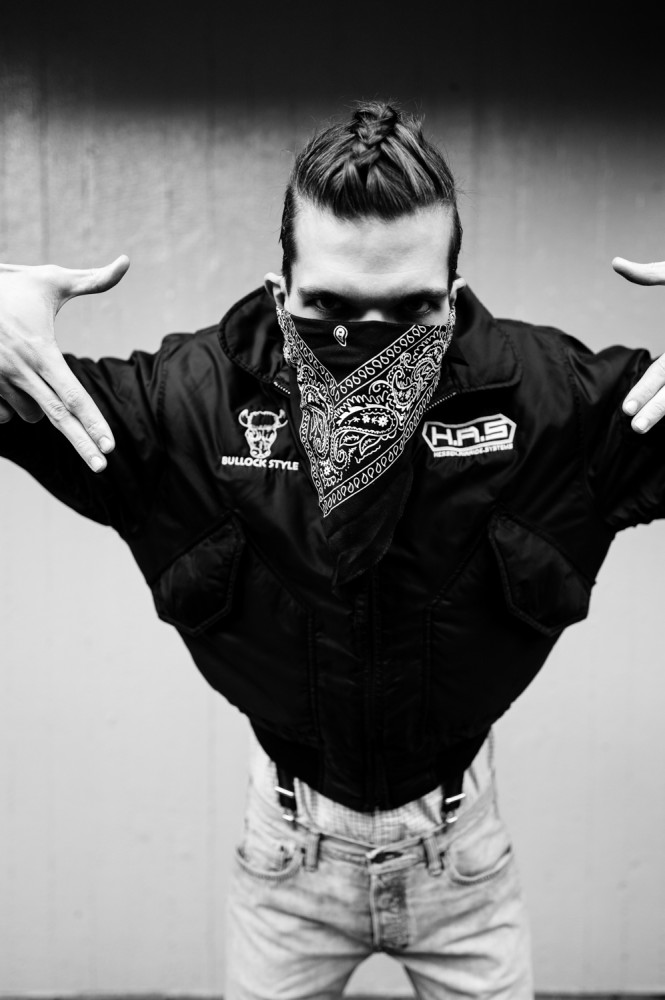
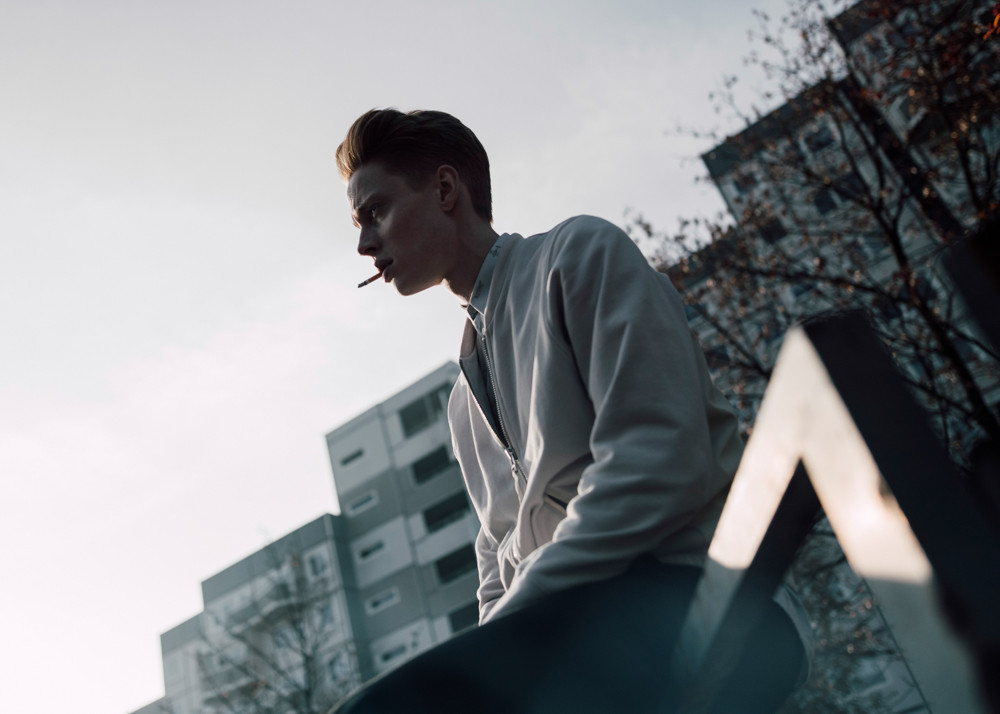
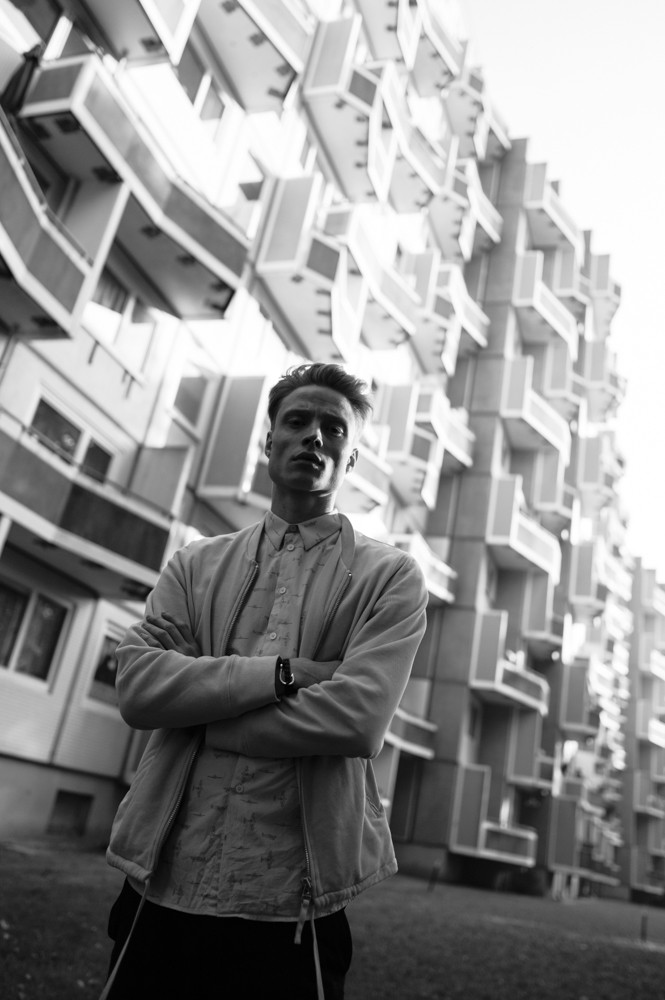

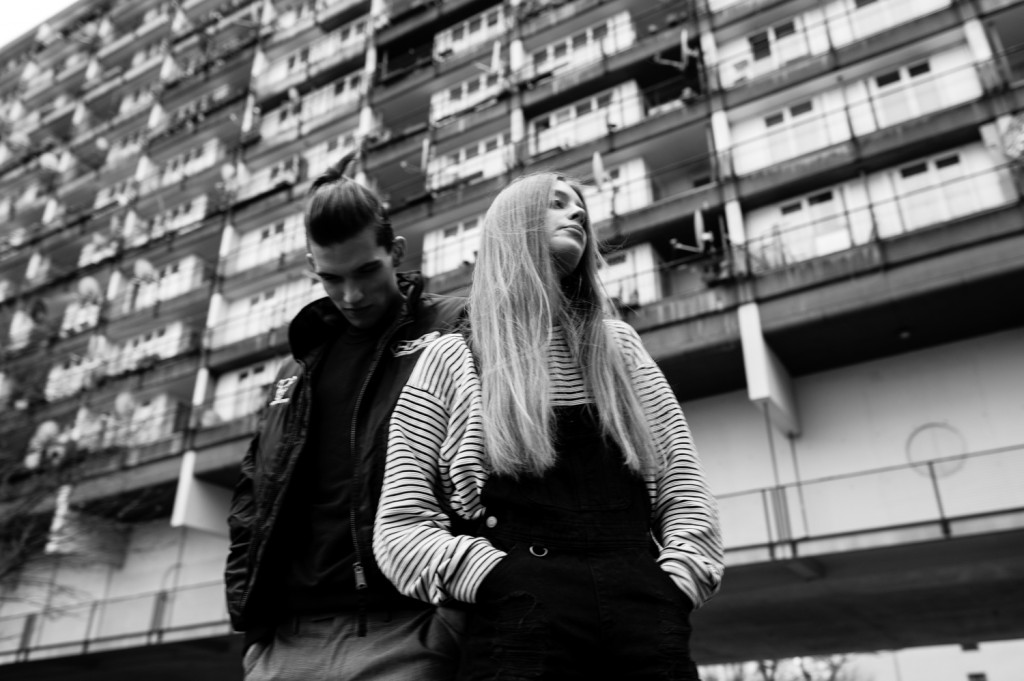
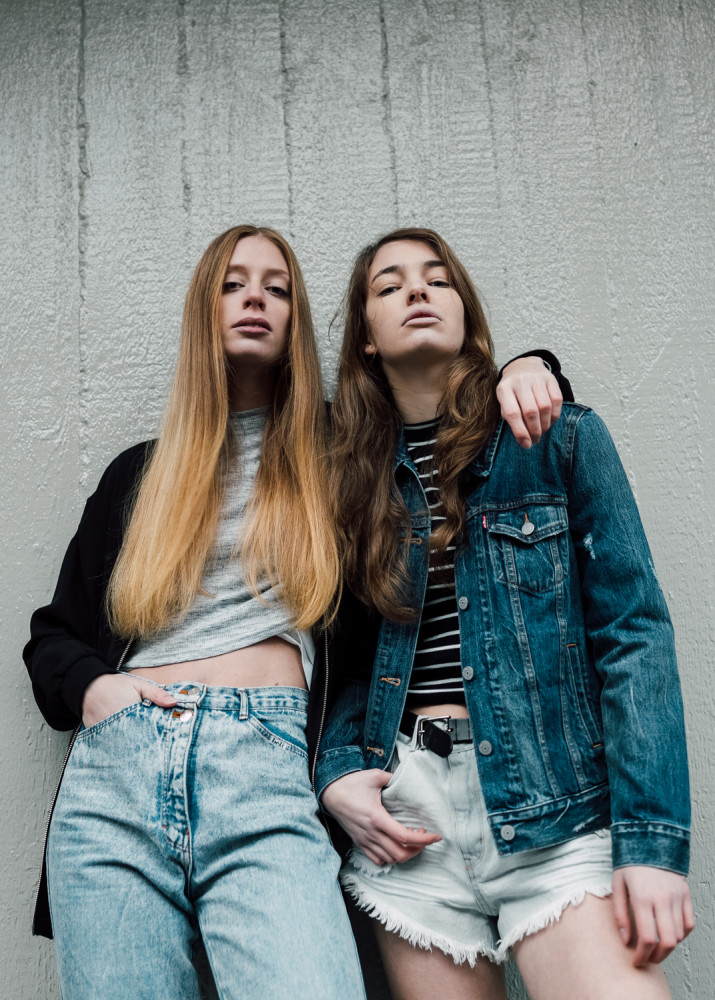
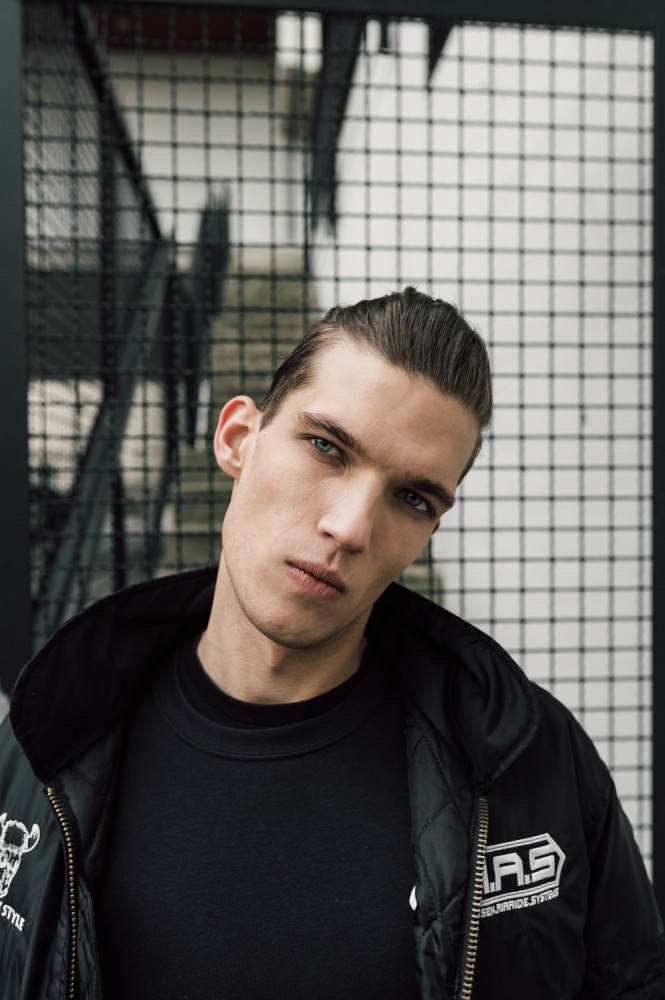
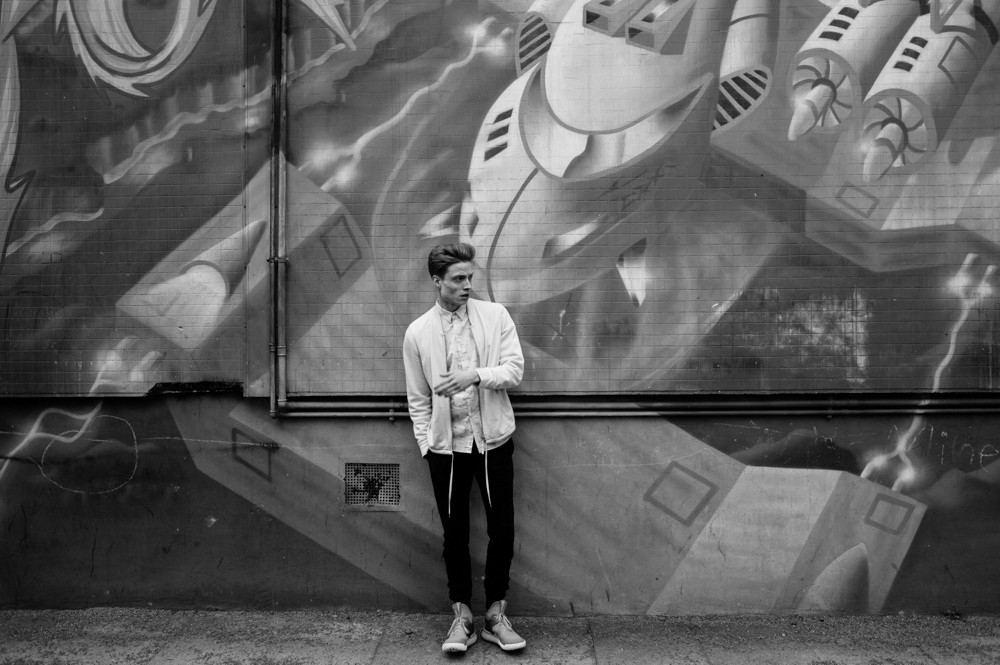
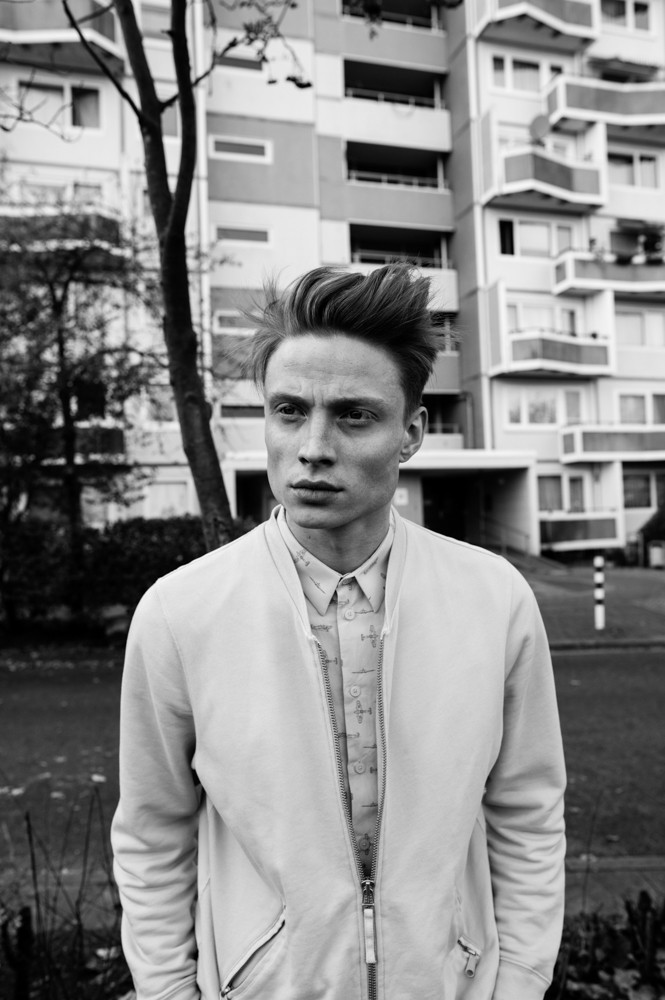
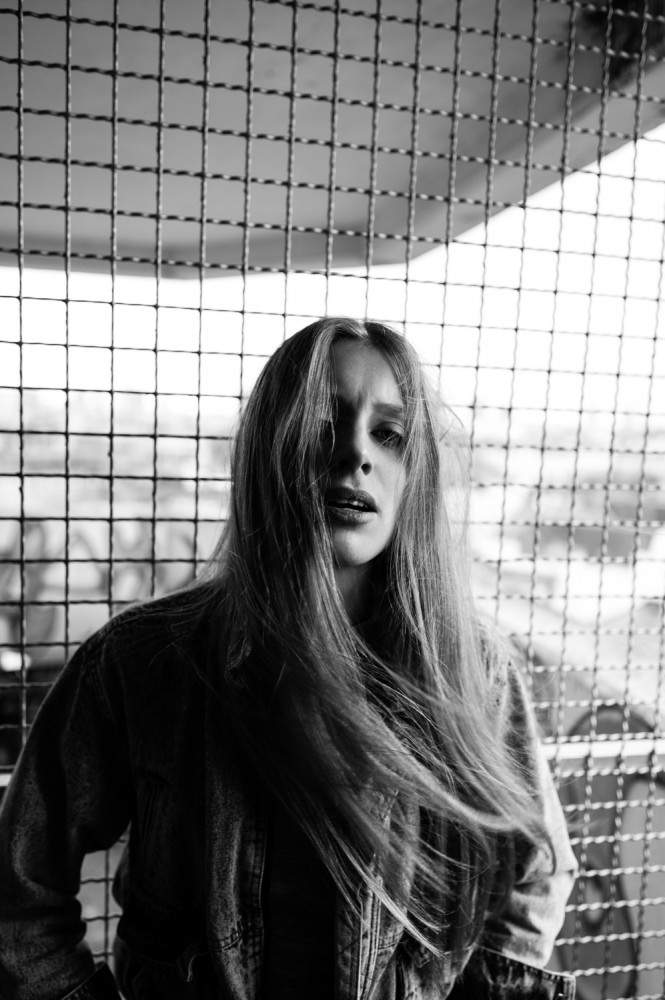

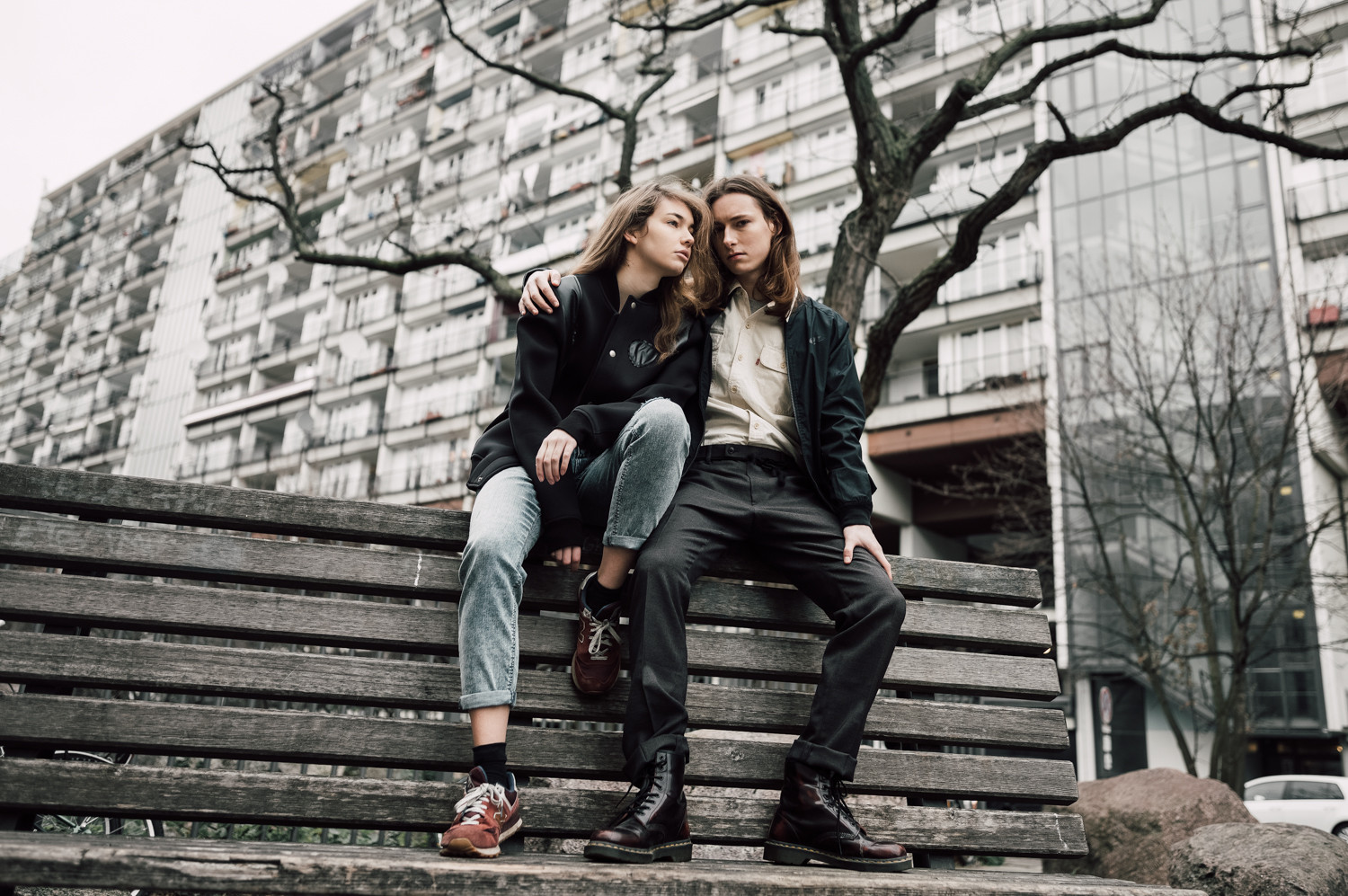
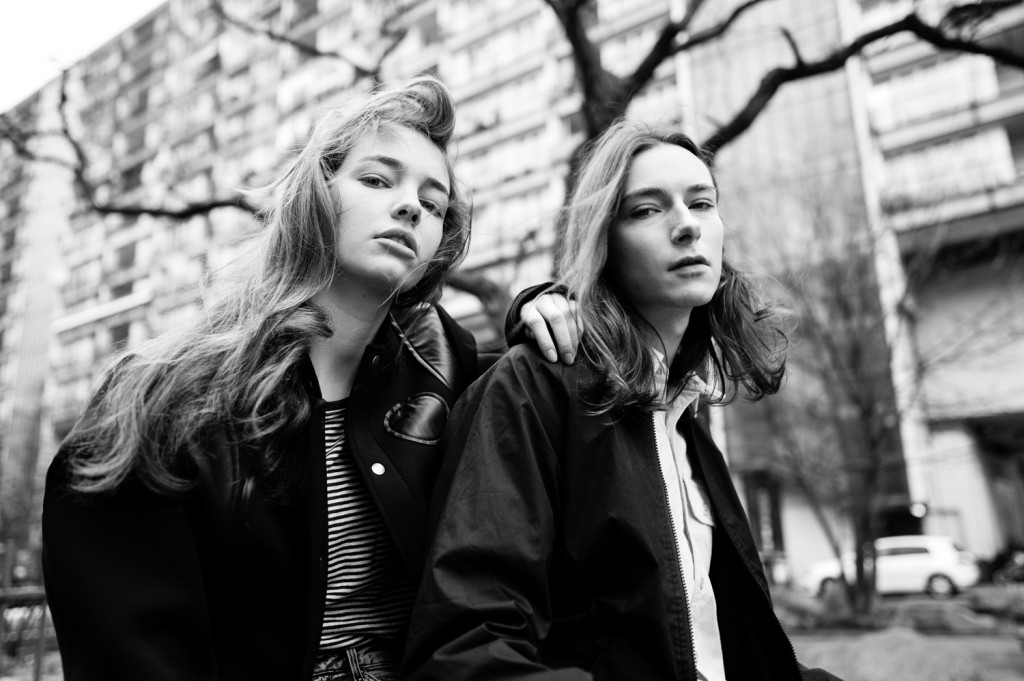
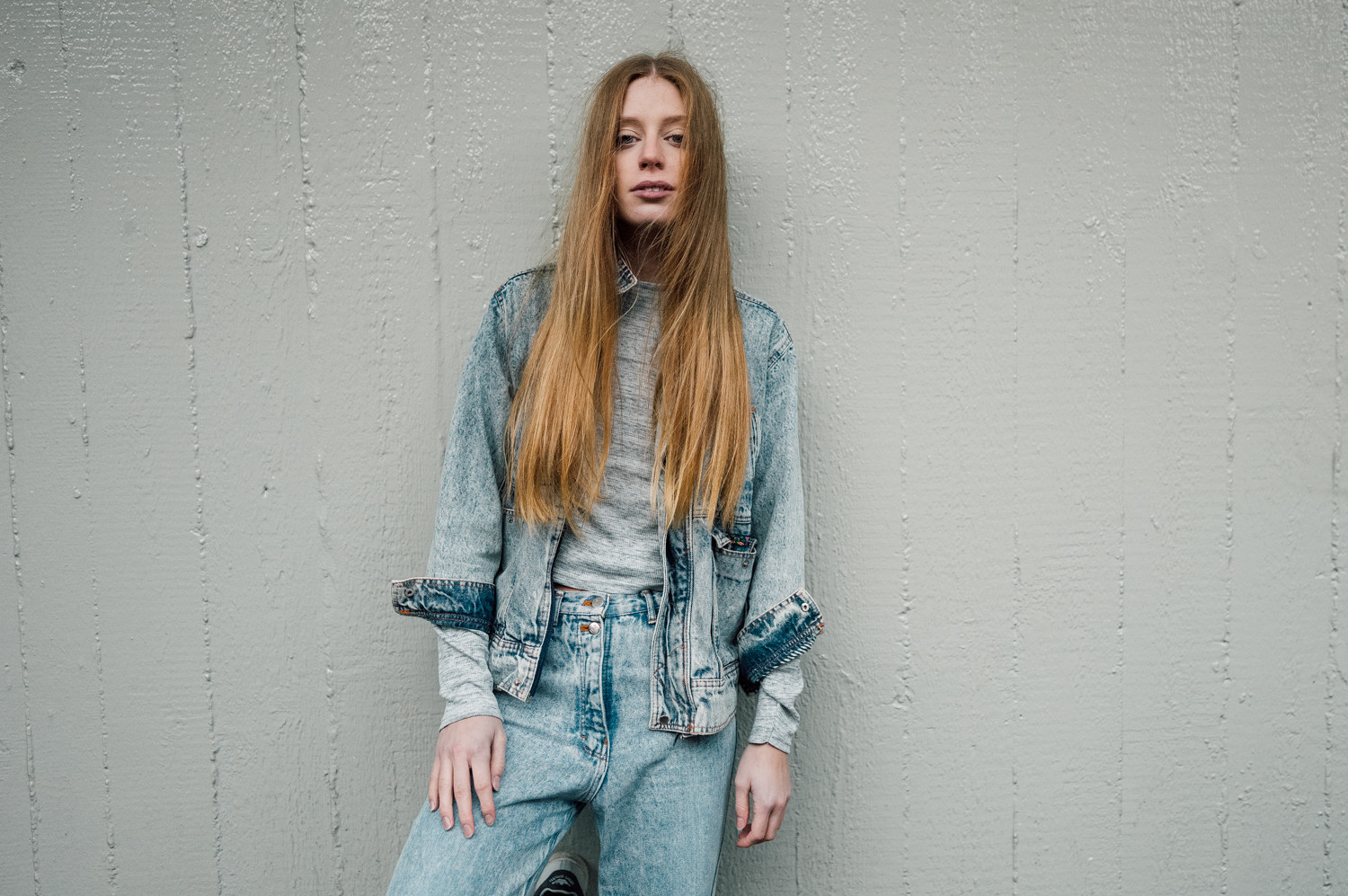
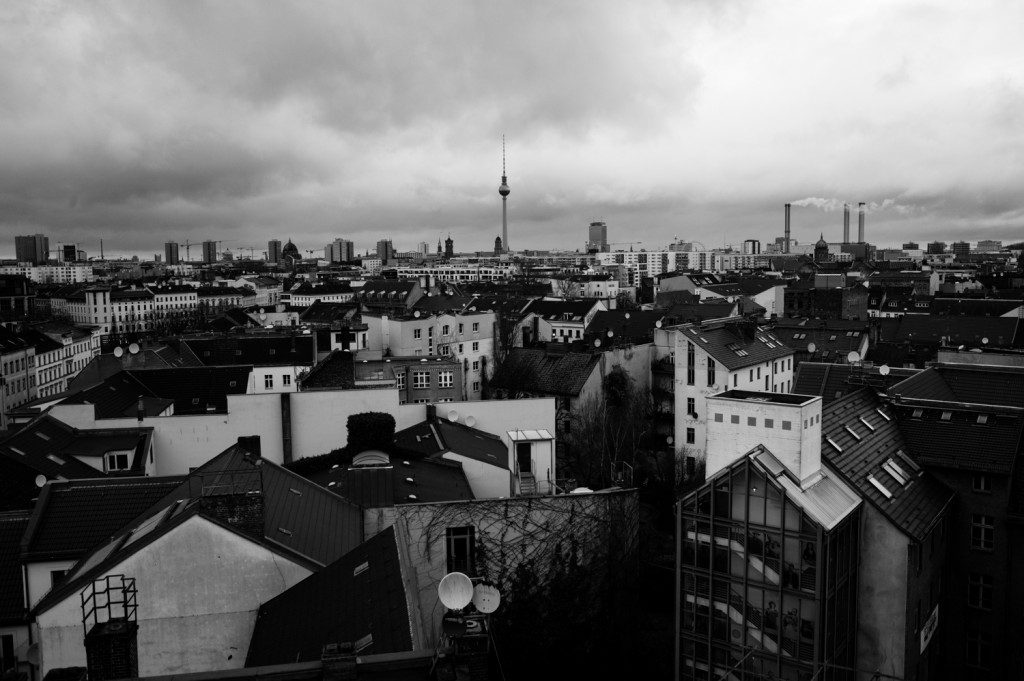

























INTERVIEW
Tristan Rösler
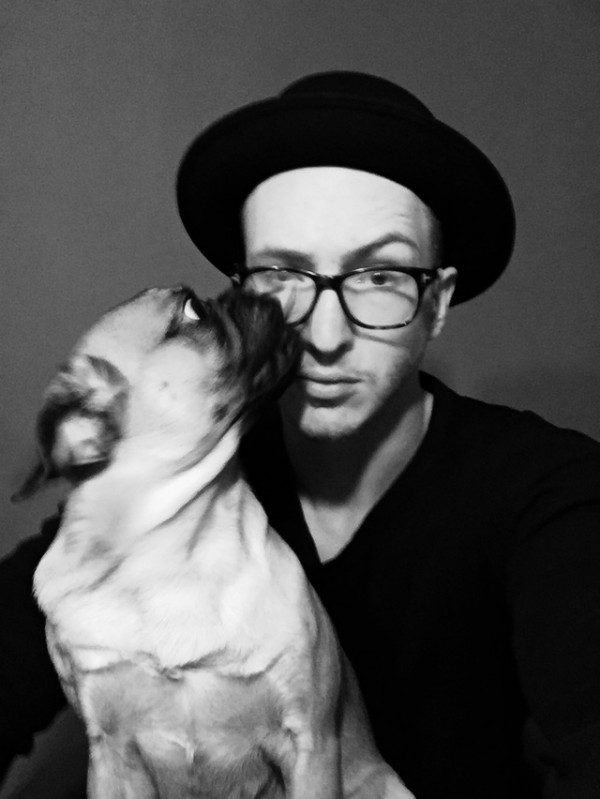
PHOTOGRAPHY Tristan Rösler @ Tobias Bosch Fotomanagement STYLING Cariin Cowalscii @ Blossom Management MAKEUP Sutida MODELS Lisa Dahlke @ IZAIO, Jonathan, Fritz @ VIVA Models, Paulina Knebel @ Core, Jan Siegmund @ Modelwerk CAMERA Leica S with Summarit-S 35mm f/2.5 Asph., Apo-Macro-Summarit-S 120mm f/2.5 Asph.
German photographer Tristan Rösler used the urban backdrops of Hamburg and Berlin for his authentic and expressive fashion story “Disparate Youth”. The focus is on a youth culture style that is reminiscent of Larry Clark’s film, “Kids”.
S Magazine: You chose a sort of urban landscape and “documented” a youth sub-culture for your photo shoot for the S Magazine. What was it in particular that appealed to you? How did you come up with the idea?
Tristan Rösler: On the one hand, I find youth culture extremely interesting; on the other, I myself had, let’s say, an exciting and impressive youth, so I was well able to emphasize. I used to be inspired mostly by fashion magazines, but now it's much more by films. Combined with my own experiences, Larry Clark’s “Kids” was a big inspiration for this series.
Are those you portrayed authentic or are they models? What criteria did you use to select them? Where were the pictures taken?
They are all models. However, I believe I have a somewhat different idea about “models”, as I know many of them very well and have many good friends among them. They are perfectly normal people, of course, so why wouldn’t you be able to take any authentic portraits? Authenticity plays a big role in my portraits – even though it’s mostly models who stand in front of my camera. The pictures were taken in Berlin and Hamburg.
The styling seems to lean towards street style. Were the clothes used in the photo shoot specifically chosen, or is it all “model’s own”?
We were very conscious about choosing street style. It wasn’t about producing a high-end fashion spread. It was important to me that the whole thing remain authentic, allowing the pictures’ expressions and moods to speak for themselves. I like to have cracks in my pictures; in this case, too much detailed styling would have caused a distraction.
Could your style be defined as modern romantic? How would you describe your approach?
As I myself! Style evolves little by little and, hopefully, it will never stop evolving. I wouldn’t give my style any particular name. It’s always a bit of oneself that one photographs, and the photos always reveal a bit of oneself. I like the moment in between, the snapshot, expressions that convey something that the eye might otherwise miss.
The motifs for the S Magazine are defined by strong contrasts and a special light incidence. How important is this effect for you, and do you prefer a particular mood? The differing brightness of different times of day?
I’m really into light. When I work on a free picture series, my productions have become very technically complex. I play around with the available light, and see the locations and images first when I get there. Despite concepts and ideas, this allows me lots of room for spontaneous pictures during the photo shoots.
You are very much involved with the theme of fashion. Do you prefer fashion over still-lifes or portraiture? Where do you see the differences?
I always liked fashion a lot. I also went through all kinds of different phases when I was young. Fashion has always paid a big role is how you give expression to who you are. Even before I started taking photographs. I love the way the team works together and that you’re able to work completely free. You have every kind of possibility to give expression to the photos, the spread and the story. Portraits are another important theme for me. I really like to mix the two together. In addition to the styling, the most important thing to me is the model’s expression during a fashion shoot – like in a minimalistic portrait.
The fashion pictures on your website were taken with an analogue camera. How do you decide which motifs to take digital and which analogue? What are the advantages or disadvantages in each case, or do you have technical priorities for each genre?
I studied photography properly, which means I can pretty much use any camera and photography technique available from 1840 to 2016. I find every field and every era very exciting. If you know them all, you can use them as elements of creativity. With each series I decide what would work well, and chose my camera or film accordingly.
How did you get into photography? Did something lead up to it?
As is so often the case, I got my first camera from my grandfather. It’s an old Pentax ME, which, as it happens, still works. I’ve shot one or two photos spreads with it.
Do you consider any of the great photographers and their work your role models?
I’m fascinated by Peter Lindbergh. Not even because of the pictures, but more as a human being. Otherwise there are some photographers who take great pictures. The first ones I would mention are Serge Leblon and Brett Lloyd. As I said, at the moment I barely allow myself to be influenced by photographers, so I can’t really say that they're role models, despite which they are wonderful photographers.
Your work is balanced between black and white photography and colour. Is it a question of taste, or is your choice obvious depending on the specific motifs?
While I’m taking photographs, I already see the finished picture clearly in my mind. This includes the look, whether in colour or black and white. Some motifs only work for me in black and white, while others are too overloaded in black and white. In my stories I really like to mix black and white and colour; I decide according to each motif.
Where do you see yourself in ten years? Is there a project you're particularly keen to realize? What direction would you like to develop in?
I’d like to sit with my dog Luke on the veranda of my house in Italy, eating pasta. After just getting back from L.A.. With my Leica, of course.